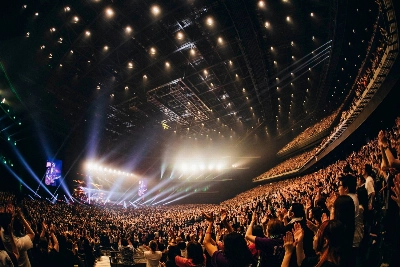I have never seen a nightclub fall silent. All eyes are on a solitary female figure in white body paint, writhing under a spotlight. She’s almost unearthly, a ghostly pupa.
For many of those gathered in this cyberpunk-esque space, this is their first brush with butoh, an avant-garde form of dance that blends slow, deliberate movements with surreal and often grotesque imagery to explore themes of death, suffering and transformation.
Judging from the expressions of the crowd, the dancer, Kana Kitty, has won them over.

















With your current subscription plan you can comment on stories. However, before writing your first comment, please create a display name in the Profile section of your subscriber account page.